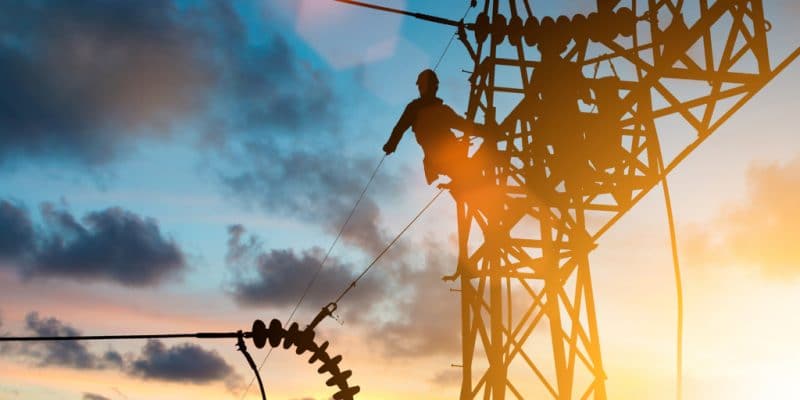Zimbabwe obtained $42 billion in financing from Exim Bank of India to improve electricity supply in the country. The loan will be repaid within 20 years and will reduce the current energy deficit of more than 1000 MW.
Zimbabwe wants to give a new impetus to its policy of access to electricity throughout the country. The country recently took on a debt with India. Funding will be provided in two phases. The first amount, valued at $23 million, will be used to finance, renovate and upgrade the Bulawayo thermal power plant. This power plant with an initial production capacity of 90 MW has seen its performance reduced to 20 MW. The reason for this was the deterioration of two of the plant’s five generating units, which was commissioned in 1957. The second loan, worth $19.5 million, will be used to finance the second construction phase of the Deka pumping and water collection station. This station will facilitate the transport of water from the Zambezi River to the Hwange power station. A device that will significantly increase the production of electrical energy.
The time limit for repayment of these debts is 20 years, with a grace period of 5 years. The interest rate set is 1.75%. Under the terms of the contract, a commitment fee is charged on the debt. It is equivalent to 0.5% of the nominal value of the loan and will be paid only once.
Electricity is scarce in Zimbabwe
In recent years, Zimbabwe has faced great difficulties in the supply of electricity. Demand is constantly increasing, and is currently estimated at 2,100 MW, while the country’s total production capacity is around 663 MW to fill the energy gap that currently stands at over 1,000 MW, even though Zimbabwe is forced to import 400 MW from South Africa. This is an expensive measure that requires the government to pay $980,000 per week to pay electricity bills.
In addition, since May 2019, power outages have been regular. Electricity is available on average seven hours a day and sometimes only at late hours. The authorities explain this by the drying up of the Kariba hydroelectric dam, which until now was the country’s main supplier of electricity (the dam has an initial capacity of 1,050 MW, but currently produces only 164 MW).
Until more sustainable solutions are found, people are turning to generators, which are not very eco-friendly and are relatively expensive. While fuel prices have increased sevenfold since January 2019. Also this year, the Zimbabwe Electricity Supply Authority (ZESA), the state-owned electricity generation company, announced that it wanted to increase its tariffs by 30%. This measure would enable it to finance the maintenance costs of its networks and to cope with the increase in raw materials used to produce electricity.
Luchelle Feukeng







